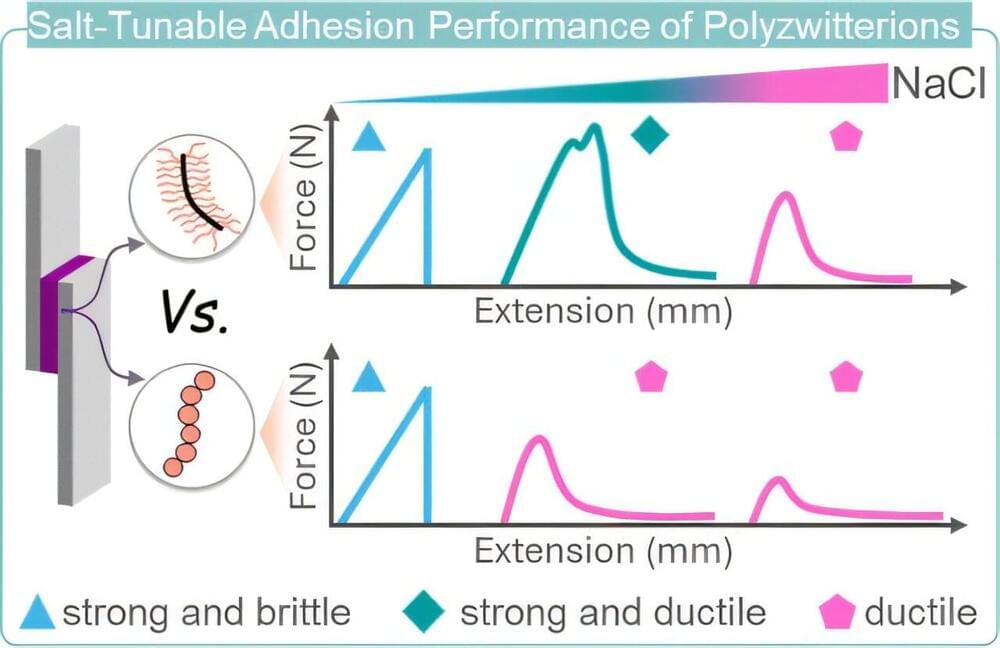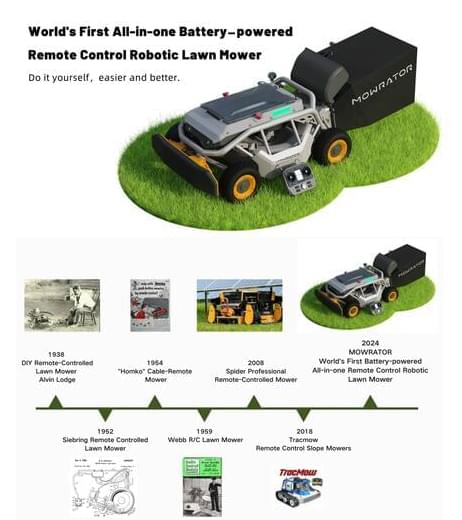Bluesky, a social network that’s experiencing a surge in users this week as users abandon X, says it has “no intention” of using user content to train generative AI tools.


The group’s Aftershock II rocket reached an altitude of 470,000 feet (143,250 meters) last month.

The company ends the waitlist in Los Angeles, where nearly 300,000 people have expressed an interest in trying out the Alphabet-owned company’s self-driving cars.

All-electric aircraft developer BETA Technologies has shared another important milestone in bringing its first two vessels to market. Most recently, BETA’s founder, CEO, and test pilot Kyle Clark took the production version of its ALIA eCTOL up for its first flight, as seen in the video below.
BETA Technologies is a fully integrated electric aircraft and systems developer based in Vermont. Three years ago, it debuted its first electric vertical takeoff and landing (eVTOL) aircraft, the ALIA–250. That BETA vessel has since been renamed the ALIA VTOL and completed a piloted test flight transitioning mid-air this past April.
In addition to the ALIA VTOL, BETA has also been developing an electric conventional takeoff and landing (eCTOL) plane called the ALIA CTOL. To date, it has flown tens of thousands of test miles en route to evaluation flights for FAA certification. That aircraft is targeting full approval for commercial operations by 2025.

Companies that own or operate critical infrastructure increasingly rely on artificial intelligence. Airports use A.I. in their security systems; water companies use it to predict pipe failures; and energy companies use it to project demand. On Thursday, the U.S. Department of Homeland Security will release new guidance for how such companies use the technology.
The document, a compilation of voluntary best practices, stems from an executive order that President Biden signed more than a year ago to create safeguards around A.I. Among other measures, it directed the Department of Homeland Security to create a board of experts from the private and public sectors to examine how best to protect critical infrastructure. The risks run the gamut from an airline meltdown to the exposure of confidential personal information.
Alejandro N. Mayorkas, the homeland security secretary, first convened the board in May. It includes Sam Altman, the chief executive of OpenAI; Jensen Huang, the chief executive of Nvidia; Sundar Pichai, the chief executive of Alphabet; and Vicki Hollub, the chief executive of Occidental Petroleum.

“The last two decades saw software transform nearly every industry, a trend famously captured by venture capitalist Marc Andreessen’s phrase ” software is eating the world.
Software became the backbone of industries like retail, transportation, finance, and entertainment, leading to a world where digital tools and applications are integral to daily life.
Looking forward, many experts believe that artificial intelligence (AI) will play a similarly transformative role over the next 20 years.

When I was a kid I always had to mow the lawn, and not with those ones you ride like a toy.
/PRNewswire/ — Intelligent robotics brand MOWRATOR is targeting the North American market. MOWRATOR will launch the world’s first battery-powered all-in-one remote control robotic lawn mower, S1, globally in early 2024. MOWRATOR S1 debuted at the GIE Landscaping Equip Expo trade show in October 2023, followed by the Orlando Makers Faire in November 2023. MOWRATOR S1 received enthusiastic feedback from industry partners, landscaping professionals, and homeowners. Attendees were impressed by MOWRATOR S1’s all-metal frame with its 21 steel blade, autopilot L2 cruise control and U-turn, and one-button auto-dumping mechanism. Furthermore, MOWRATOR S1 also developed more modules to meet autumn leaf vacuum and other yard care needs, unique from the market’s standard remote control lawn mower.

Waymo has expanded its robotaxi service to the general public in Los Angeles, allowing anyone with the Waymo One app to request a ride. This marks a significant step in autonomous vehicle technology, as Waymo continues to lead the industry with over 50,000 weekly passengers and a strong safety record.
Waymo on Tuesday opened its robotaxi service to anyone who wants a ride around Los Angeles, marking another milestone in the evolution of self-driving car technology since the company began as a secret project at Google 15 years ago.
The expansion comes eight months after Waymo began offering rides in Los Angeles to a limited group of passengers chosen from a waiting list that had ballooned to more than 300,000 people. Now, anyone with the Waymo One smartphone app will be able to request a ride around an 80-square-mile (129-square-kilometer) territory spanning the second largest U.S. city.
After Waymo received approval from California regulators to charge for rides 15 months ago, the company initially chose to launch its operations in San Francisco before offering a limited service in Los Angeles.
Researchers have engineered a material that is as soft as skin but remarkably strong.
Ulsan National Institute of Science & Technology (UNIST) team in South Korea has developed an innovative magnetic composite artificial muscle. This new material can adapt its stiffness, transitioning from soft to rigid, and vice versa.
Interestingly, artificial muscle showcases “an impressive ability to withstand loads comparable to those of automobiles.”